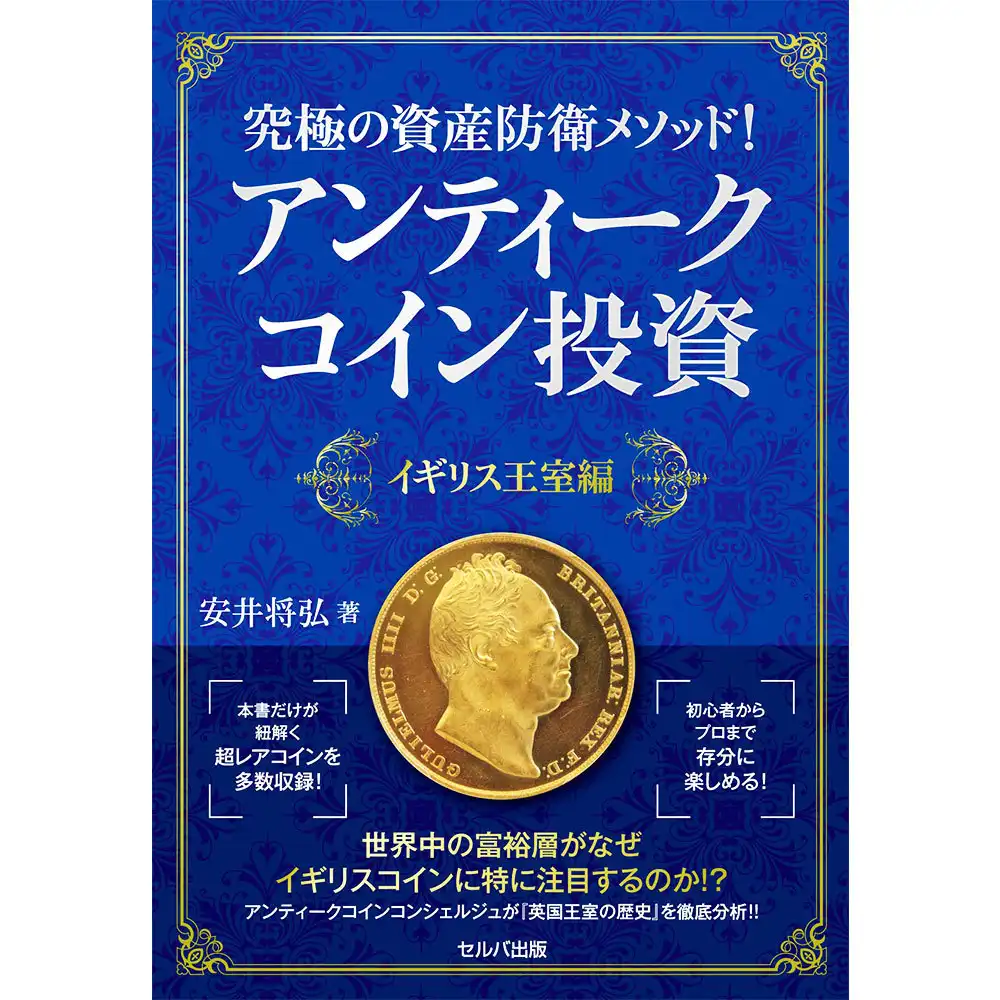The Rise and Fall of the French Écu
페이지 정보

본문

The French écu was once a cornerstone of the nation’s monetary system, symbolizing royal authority and economic stability during centuries of political and social change.
Louis IX introduced the écu in the 13th century to compete with Europe’s dominant gold and silver coins, particularly Italy’s florins and England’s pennies.
The term "écu" came from the French word for shield, referencing the heraldic design stamped on its back.
From one reign to the next, the écu’s form adapted to fiscal crises, military spending, and the fluctuating value of precious metals across Europe.
During the reign of Henry IV and Louis XIII, the écu became a widely accepted currency across Europe, prized for its consistent silver content and artistic craftsmanship.
Skilled engravers crafted elaborate depictions of religious figures, monarchs, and mythical creatures, elevating each écu to the status of a small-scale masterpiece.
Beyond its face value, the écu functioned as a tool of political messaging, reinforcing the king’s God-given authority and France’s cultural supremacy.
Its presence extended from the North Sea to the shores of the Aegean, wherever French traders, soldiers, and diplomats left their mark.
The pressures mounting in the 1700s—war debt, inflation, and currency manipulation—ultimately overwhelmed the écu’s enduring reputation.
France’s involvement in costly European and colonial conflicts exhausted its reserves, forcing desperate monetary measures.
The monarchy resorted to debasement—lowering silver standards and minting excess coins—to temporarily fund its obligations, accelerating inflation.
As the coin’s intrinsic value declined, merchants and peasants alike began to reject it, preferring barter or foreign currency.
The Revolution didn’t just change rulers—it erased the symbols of royal power, and the écu, as a royal coin, was doomed.
The revolutionary government sought to dismantle symbols of the old regime, including its currency.
The écu was gradually replaced by the franc, introduced in 1795 as part of a broader effort to standardize weights, measures, and money under the metric system.
The franc represented a break from monarchy, embodying the principles of equality, reason, and national unity.
Once the pride of French finance, the écu was now a museum piece—a token of a fallen world.
The coin ceased to function in daily transactions, surviving only in attics, vaults, and the memories of the elderly.
Yet its legacy endured in the hands of collectors.
Modern collectors covet the écu for アンティークコイン投資 its craftsmanship, provenance, and connection to France’s royal past.
Well-preserved examples from the reigns of Louis XIV or Louis XV command high prices at auctions.
Collectors pay premiums for anomalies: double strikes, clipped edges, or coins with unusual inscriptions that hint at forgotten minting secrets.
For enthusiasts, these coins are not mere objects—they are portals to the soul of pre-revolutionary France.
Its arc—from trusted coin to obsolete relic—reflects the collapse of feudal finance and the birth of centralized, rational economies.
It was a coin that carried the weight of empires and the fragility of economies.
While it no longer circulates, its enduring appeal among numismatists ensures that the écu continues to tell its story—one coin at a time.
- 이전글Ufabet: Enjoy Thrilling Gambling Enterprise Gamings in Thailand 25.11.07
- 다음글Amazing u31 Games at Leading Thailand Gambling Establishment 25.11.07
댓글목록
등록된 댓글이 없습니다.
